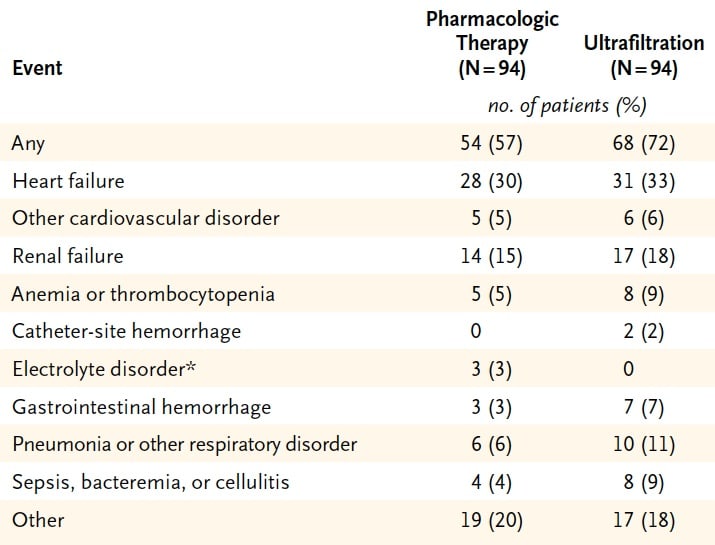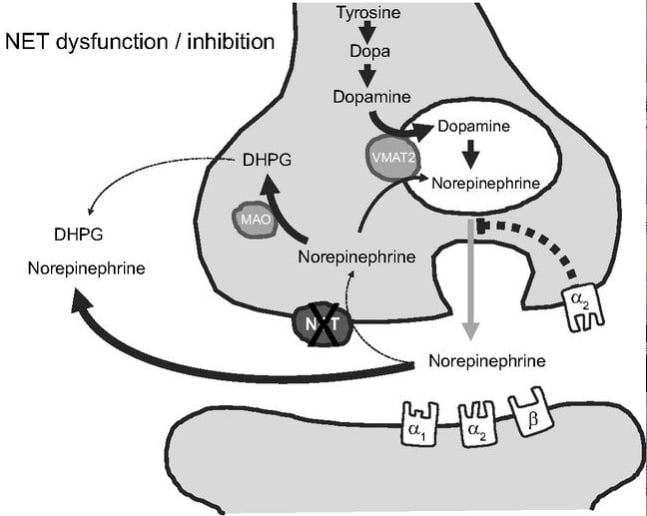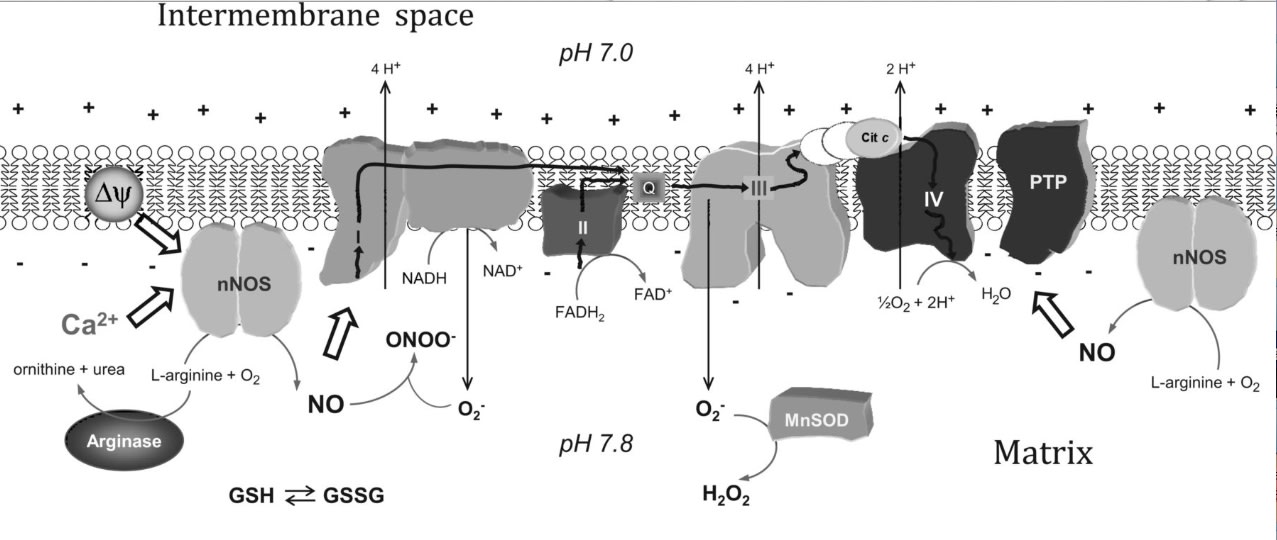年内は,多くの皆さまにたいへんにお世話になりました。
たいへんありがとうございました。
深く御礼 申し上げます。
2012年12月31日
松田直之
特発性肺線維症におけるSonic Hedgehogシグナルの関与
Role of Sonic Hedgehog in idiopathic pulmonary fibrosis.
Bolaños AL, Milla CM, Lira JC, Ramírez R, Checa M, Barrera L, García-Alvarez J, Carbajal V, Becerril C, Gaxiola M, Pardo A, Selman M.
Am J Physiol Lung Cell Mol Physiol. 2012 Dec;303(11):L978-90.
The Hedgehog System Machinery Controls Transforming Growth Factor-β-Dependent Myofibroblastic Differentiation in Humans: Involvement in Idiopathic Pulmonary Fibrosis.
Cigna N, Farrokhi Moshai E, Brayer S, Marchal-Somme J, Wémeau-Stervinou L, Fabre A, Mal H, Lesèche G, Dehoux M, Soler P, Crestani B, Mailleux AA.
Am J Pathol. 2012 Dec;181(6):2126-37.
MicroRNAs in idiopathic pulmonary fibrosis.
Pandit KV, Milosevic J, Kaminski N.
Transl Res. 2011 Apr;157(4):191-9. doi: 10.1016/j.trsl.2011.01.012. Epub 2011 Feb 4. Review.
参考 RT-PCR
Forward Reverse
SHH 5′-GAAAGCAGAGAACTCGGTGG-3′ 5′-CTCAGGTCCTTCACCAGCTT-3′
IHH 5′-TCAGCCTGCTCTCACTACGA-3′ 5′-CAAAGGGGCCTAAGATGGAT-3′
DHH 5′-GACCGCAACAAGTATGGGTT-3′ 5′-TATCAGCTTTGACCGACACG-3′
PTC 5′-TGGCATAGGAGTGGAGTTCA-3′ 5′-ATCAGCACTCCCAGCAGAGT-3′
HHIP 5′-CATGTCGTCATGGAGGTGTC-3′ 5′-GCGGATGTTTCTGTCCACTT-3′
SMO 5′-CAGCAAGATCAACGAGACCA-3′ 5′-GGCAGCTGAAGGTAATGAGC-3′
GLI1 5′-CCAGCCAGAGAGACCAACA-3′ 5′-ATCCGACAGAGGTGAGATGG-3′
GLI2 5′-TTTATGGGCATCCTCTCTGG-3′ 5′-AAGGCTGGAAAGCACTGTGT-3′
GLI3 5′-CCTCCCAACTCCTCACACAT-3′ 5′-CAACACCAACTGGTCCCTCT-3′
SUFU 5′-ACATGCTGCTGACAGAGGAC-3′ 5′-CAGACACCAACGATCTGGAG-3′
SPOP 5′-TTCTGCGAGGTGAGTGTTGT-3′ 5′-GGCACTCAGGAACCTTTACC-3′
UBC 5′-CACTTGGTCCTGCGCTTGA-3′ 5′-TTTTTTGGGAATGCAACAACTT-3′
αSMA 5′-GAAGAGCATCCCACCCTGC-3′ 5′-ATTTTCTCCCGGTTGGCCT-3′
FN1 5′-GCCAACAGGATGACATGAAT-3′ 5′-CATACCCGCCGAATGTAGGA-3′
α2COL-1 5′-TTGAGACTCAGCCACCCAGAGT-3′ 5′-CAGTTCTTGGCTGGGATGTTTT-3′
Hedgehog pathwayのIPF関連分子mRNA levelの修飾作用
Immunostaining Positive regulators
SHH ↓ Positive in fibrotic lesions; ↓ in “normal” areas
IHH ↓ ND
DHH = ND
SMO = =
GLI1 = Nuclear in fibrotic lesions
GLI2 = Nuclear in fibrotic lesions and in “normal” areas
SUFU ↓ Nuclear in fibrotic lesions
Negative regulators
PTC ↓ ↓ in fibrotic lesions
HHIP ↓ ND
GLI3 = ↓ in fibrotic lesions
SPOP ↓ ND
↓, decreased compared with control lung tissue; =, unchanged; ND, not determined.
ある程度の腎機能が維持されていれば、限外濾過は薬物療法より優れてはいない?!
Ultrafiltration in decompensated heart failure with cardiorenal syndrome.
Bart BA, Goldsmith SR, Lee KL, Givertz MM, O'Connor CM, Bull DA, Redfield MM, Deswal A, Rouleau JL, LeWinter MM, Ofili EO, Stevenson LW, Semigran MJ, Felker GM, Chen HH, Hernandez AF, Anstrom KJ, McNulty SE, Velazquez EJ, Ibarra JC, Mascette AM, Braunwald E; Heart Failure Clinical Research Network.
BACKGROUND:
Ultrafiltration is an alternative strategy to diuretic therapy for the treatment of patients with acute decompensated heart failure. Little is known about the efficacy and safety of ultrafiltration in patients with acute decompensated heart failure complicated by persistent congestion and worsened renal function.
METHODS:
We randomly assigned a total of 188 patients with acute decompensated heart failure, worsened renal function, and persistent congestion to a strategy of stepped pharmacologic therapy (94 patients) or ultrafiltration (94 patients). The primary end point was the bivariate change from baseline in the serum creatinine level and body weight, as assessed 96 hours after random assignment. Patients were followed for 60 days.
RESULTS:
Ultrafiltration was inferior to pharmacologic therapy with respect to the bivariate end point of the change in the serum creatinine level and body weight 96 hours after enrollment (P=0.003), owing primarily to an increase in the creatinine level in the ultrafiltration group. At 96 hours, the mean change in the creatinine level was -0.04±0.53 mg per deciliter (-3.5±46.9 μmol per liter) in the pharmacologic-therapy group, as compared with +0.23±0.70 mg per deciliter (20.3±61.9 μmol per liter) in the ultrafiltration group (P=0.003). There was no significant difference in weight loss 96 hours after enrollment between patients in the pharmacologic-therapy group and those in the ultrafiltration group (a loss of 5.5±5.1 kg [12.1±11.3 lb] and 5.7±3.9 kg [12.6±8.5 lb], respectively; P=0.58). A higher percentage of patients in the ultrafiltration group than in the pharmacologic-therapy group had a serious adverse event (72% vs. 57%, P=0.03).
CONCLUSIONS:
In a randomized trial involving patients hospitalized for acute decompensated heart failure, worsened renal function, and persistent congestion, the use of a stepped pharmacologic-therapy algorithm was superior to a strategy of ultrafiltration for the preservation of renal function at 96 hours, with a similar amount of weight loss with the two approaches. Ultrafiltration was associated with a higher rate of adverse events.

本ブログおよび管理におけるお願い
本ブログに侵入し,教育的に使用していた写真や図の削除が行われたり,内容を改変したり,いたずらに投稿するなど被害がありました。 以下を禁止とさせて頂きます。
1. ブログ侵入・不正アクセス行為
本ブログの編集画面に侵入し,記事を改変し,本ブログの記事として配信することを禁止します。
2. 魚拓などの記録媒体による著作権侵害
他の管理サーバーに,本ブログの記事を保存し,インターネット上に自動送信する行為を禁止します。
3. 著作権
本ブログ以外のブログに許可なく転用や引用,さらに文章の書き換えをすることを禁止します。
以上は,本ブログの管理者として,引用者に対する規約とさせてください。悪質なケースにおいては以下の基準として警察へ通達させて頂きます。
「不正アクセス行為の禁止等に関する法律」平成11年8月13日法律128号
1 「他人のID・パスワード等」を盗用してアクセス制御されているコンピュータを不正に利用する行為(なりすまし行為)
3年以下の懲役又は100万円以下の罰金
2 アクセス制御しているコンピュータ等のセキュリティホールを突いて、アクセス制御されているコンピュータを不正に利用する行為
3年以下の懲役又は100万円以下の罰金
3 アクセス制御されているコンピュータを利用できる「他人のID・パスワード等」を、承諾なしに第三者に提供する行為
1年以下の懲役又は50万円以下の罰金
4 不正アクセス行為する目的で、他人のIDやパスワードを不正に保管する行為
1年以下の懲役又は50万円以下の罰金
など
愛知県警察本部
〒460-8502 名古屋市中区三の丸2-1-1
電話番号 052-951-1611
1. 総説 Neuronal Norepinephrine Transporter (NET)の異常について
C. Schroeder and J. Jordan
Norepinephrine transporter function and human cardiovascular disease
Am J Physiol Heart Circ Physiol December 1, 2012 303:H1273-H1282
pproximately 80–90% of the norepinephrine released in the brain or in peripheral tissues is taken up again through the neuronal norepinephrine transporter (NET). Pharmacological studies with NET inhibitors showed that NET has opposing effects on cardiovascular sympathetic regulation in the brain and in the periphery. Furthermore, NET is involved in the distribution of sympathetic activity between vasculature, heart, and kidney. Genetic NET dysfunction is a rare cause of the postural tachycardia syndrome. The condition is characterized by excessive adrenergic stimulation of the heart, particularly with standing. Conversely, NET inhibition may be beneficial in hypoadrenergic states, such as central autonomic failure or neurally mediated syncope, which results from acute sympathetic withdrawal. Biochemical studies suggested reduced NET function in some patients with essential hypertension. Furthermore, cardiac NET function appears to be reduced in common heart diseases, such as congestive heart failure, ischemic heart disease, and stress-induced cardiomyopathy. Whether NET dysfunction is a consequence or cause of progressive heart disease in human subjects requires further study. However, studies with the nonselective NET inhibitor sibutramine suggest that reduced NET function could have an adverse effect on the cardiovascular system. Given the widespread use of medications inhibiting NET, the issue deserves more attention.

Schematic diagram of norepinephrine biosynthesis, release, reuptake, and degradation. For details see text. DHPG, dihydroxyphenylglycol; NET, norepinephrine reuptake transporter; MAO, monoaminooxidase; VMAT2, vesicular monoamine transporter-2.
2. 総説 ミトコンドリアNOSについて<虚血再潅流研究の知識として重要>
Tamara Zaobornyj and Pedram Ghafourifar
Strategic localization of heart mitochondrial NOS: a review of the evidence
Am J Physiol Heart Circ Physiol December 1, 2012 303:H1283-H129
Heart mitochondria play a central role in cell energy provision and in signaling. Nitric oxide (NO) is a free radical with primary regulatory functions in the heart and involved in a broad array of key processes in cardiac metabolism. Specific NO synthase (NOS) isoforms are confined to distinct locations in cardiomyocytes. The present article reviews the chemical reactions through which NO interacts with biomolecules and exerts some of its crucial roles. Specifically, the article discusses the reactions of NO with mitochondrial targets and the subcellular localization of NOS within the myocardium and analyzes the available data about heart mitochondrial NOS activity and identity. The article also describes the regulation of heart mtNOS by the distinctive mitochondrial environment by showing the effects of Ca2+, O2, L-arginine, mitochondrial transmembrane potential, and the metabolic states on heart mitochondrial NO production. The article depicts the effects of NO on heart function and highlights the relevance of NO production within mitochondria. Finally, the evidence on the functional implications of heart mitochondrial NOS is delineated with emphasis on chronic hypoxia and ischemia-reperfusion studies.

Reciprocal regulation of mtNOS activity and mitochondrial function. Localization of NOS within mitochondria provides a distinct specific regulation of mitochondrial NO production by intramitochondrial O2, Ca2+, pH, mitochondrial transmembrane potential (Δψ), L-arginine, arginases, or redox state (GSH/GSGG balance). NO produced by mtNOS can readily react with mitochondrial targets such as respiratory complexes I, III, or IV or mitochondrial PTP. The superoxide anion (O2-) is formed at the respiratory chain and undergoes a very fast reaction with NO to form peroxynitrite (ONOO-), or it is catabolized by MnSOD to form H2O2. Cit c, cytochrome c.
3. 総説 Circulation miRNAについて
Anke J. Tijsen, Yigal M. Pinto, and Esther E. Creemers
Circulating microRNAs as diagnostic biomarkers for cardiovascular diseases
Am J Physiol Heart Circ Physiol November 1, 2012 303:H1085-H1095
One of the major challenges in cardiovascular disease is the identification of reliable clinical biomarkers that can be routinely measured in plasma. MicroRNAs (miRNAs) were recently discovered to circulate in the bloodstream in a remarkably stable form. Because of their stability and often tissue- and disease-specific expression and the possibility to measure them with high sensitivity and specificity, miRNAs are emerging as new diagnostic biomarkers. In this review we will provide an overview of the potential of circulating miRNAs as biomarkers for a wide range of cardiovascular diseases such as coronary artery disease, myocardial infarction, hypertension, heart failure, viral myocarditis, and type-2 diabetes mellitus. Furthermore, we will discuss the challenges with regard to further validation in large patient cohorts, and we will discuss how the measurement of multiple miRNAs simultaneously might improve the accuracy of the diagnostic test.
Circulating miRNAs as biomarkers for CAD

4. miR-10のFlt-1の発現調節作用
MicroRNAs Control Vascular Endothelial Growth Factor Signaling
Reinier A. Boon
Circ Res 2012 Nov 9;111(11):1388-90

Angiogenesis is a very tightly controlled process, in which endothelial cells need to migrate and proliferate toward ischemic tissue. A long-known factor that provides a gradient for endothelial cells to migrate toward is vascular endothelial growth factor (VEGF).1 Carefully titrated levels of VEGF are crucial for blood vessel development, because even the heterozygous deletion of VEGF is lethal in mice.2 In the past decades, it has become clear that VEGF signaling is very complex, with different VEGF isoforms and VEGF receptors that tightly control endothelial cell behavior. Interestingly, although VEGF receptor 2 (kinase insert domain receptor [KDR]) is one of the main proangiogenic VEGF receptors,3 binding of VEGF to VEGF receptor 1 (fms-related tyrosine kinase 1 [FLT1]) does not result in proangiogenic signaling, which raised the concept that FLT1 acts as a trap or decoy for VEGF. Thus, FLT1 can negatively regulate VEGF signaling, and this is of crucial importance, for instance, to keep the cornea avascular,4 but also aids in controlling the fine balance between proangiogenic and antiangiogenic factors. To make matters more complex, FLT1 mRNA is alternatively spliced, giving rise to a membrane-bound FLT1 and secreted soluble FLT1,5 but they both function as VEGF traps, preventing VEGF from activating KDR. In this issue of Circulation Research, Hassel et al6 report that both isoforms of FLT1 are regulated by the microRNA (miRNA) miR-10.
Autophagy proteins LC3B, ATG5 and ATG12 participate in quality control after mitochondrial damage and influence life span
Mai S, Muster B, Bereiter-Hahn J, Jendrach M.
Kinematic Cell Research Group; Institute for Cell Biology and Neuroscience, Center of Excellence Frankfurt-Macromolecular Complexes, Goethe University, Frankfurt/Main, Germany.
Mitochondrial health is maintained by the quality control mechanisms of mitochondrial dynamics (fission and fusion) and mitophagy. Decline of these processes is thought to contribute to aging and neurodegenerative diseases. To investigate the role of mitochondrial quality control in aging on the cellular level, human umbilical vein endothelial cells (HUVEC) were subjected to mitochondria-targeted damage by combining staining of mitochondria and irradiation. This treatment induced a short boost of reactive oxygen species, which resulted in transient fragmentation of mitochondria followed by mitophagy, while mitochondrial dynamics were impaired. Furthermore, targeted mitochondrial damage upregulated autophagy factors LC3B, ATG5 and ATG12. Consequently these proteins were overexpressed in HUVEC as an in vitro aging model, which significantly enhanced the replicative life span up to 150% and the number of population doublings up to 200%, whereas overexpression of LAMP-1 did not alter the life span. Overexpression of LC3B, ATG5 and ATG12 resulted in an improved mitochondrial membrane potential, enhanced ATP production and generated anti-apoptotic effects, while ROS levels remained unchanged and the amount of oxidized proteins increased. Taken together, these data relate LC3B, ATG5 and ATG12 to mitochondrial quality control after oxidative damage, and to cellular longevity.

















